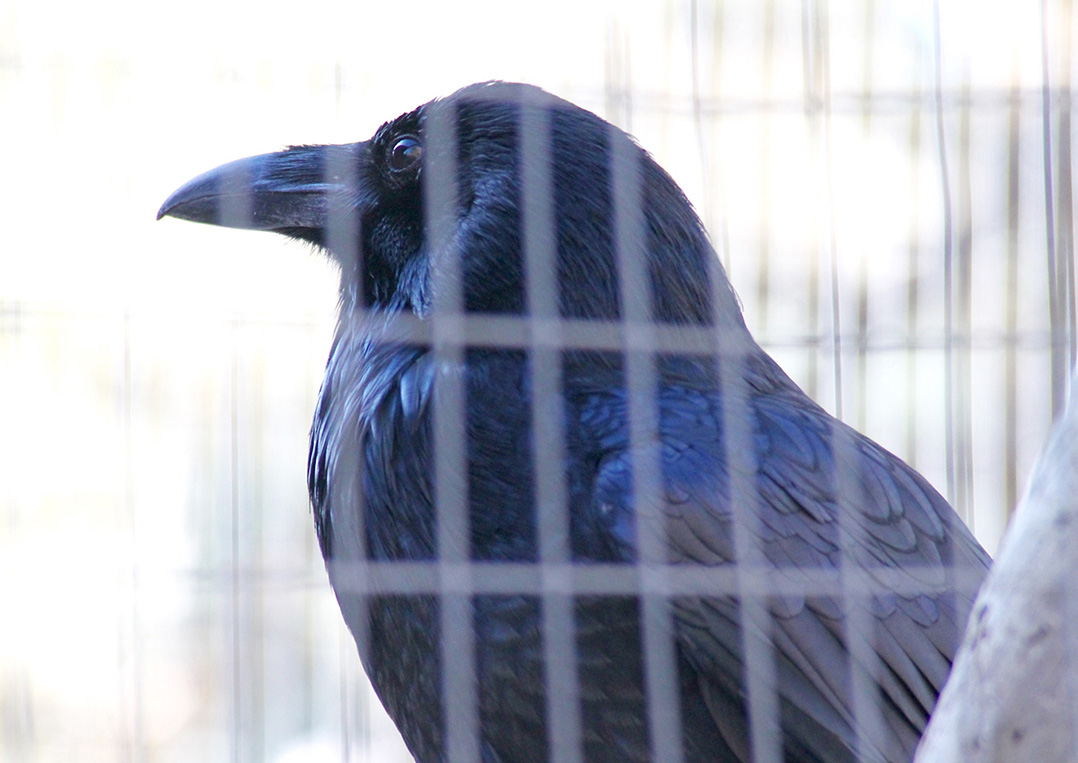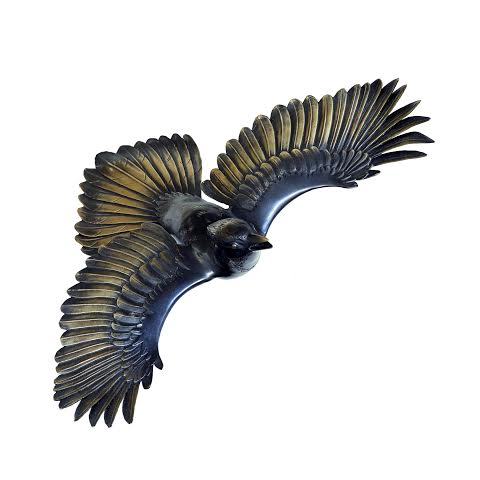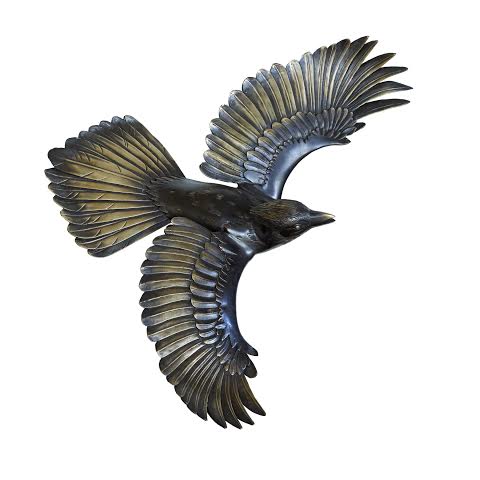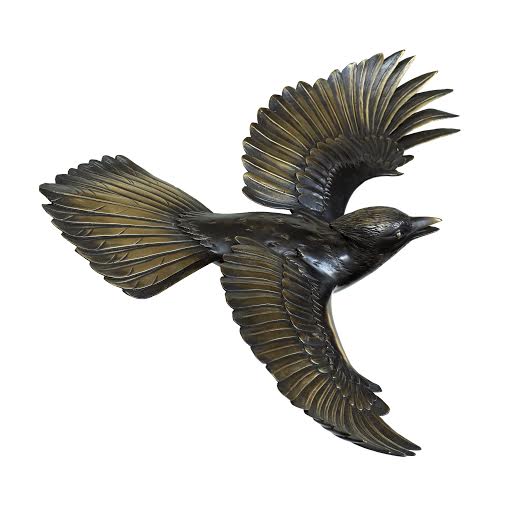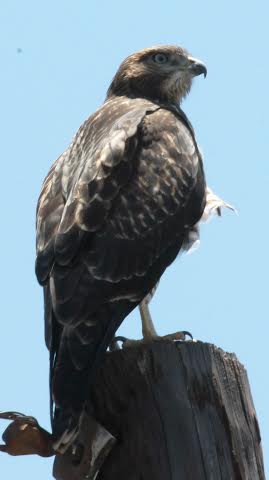The title of this post is very much tongue in cheek as this observer and videographer can attest. I have in recent years carved the occasional textural detail on furniture pieces that our company makes but confess that these were mere chips of wood removed with minimal precision to create an interesting tactile surface and not an example of fine wood carving.
For the carvers who may be reading this the major shaping and removal of large areas of wood was done with either a large flat gouge or a flat pairing chisel. The large feathers were carved with a “V” tool and pairing chisel. The small feathers were created with various different shaped gouges which were pushed down into the wood and around the edge of the feather to create a vertical wall and small pairing chisels were then used to remove the tops of the abutting feather to create a step. Describing Martin’s carving was far more difficult and far less informative than making and viewing this video.



